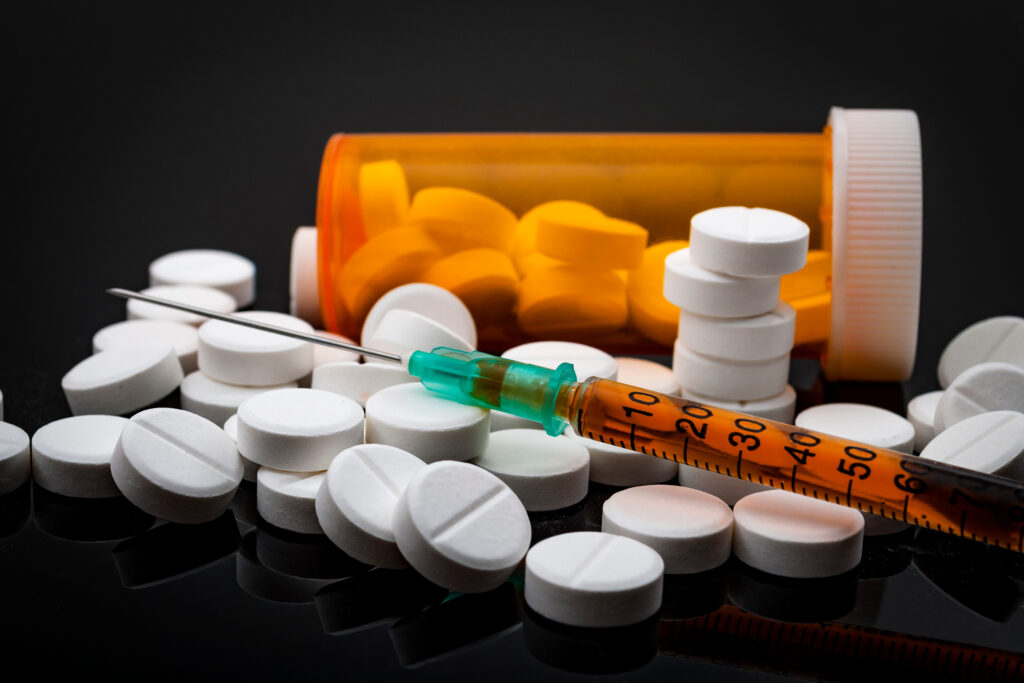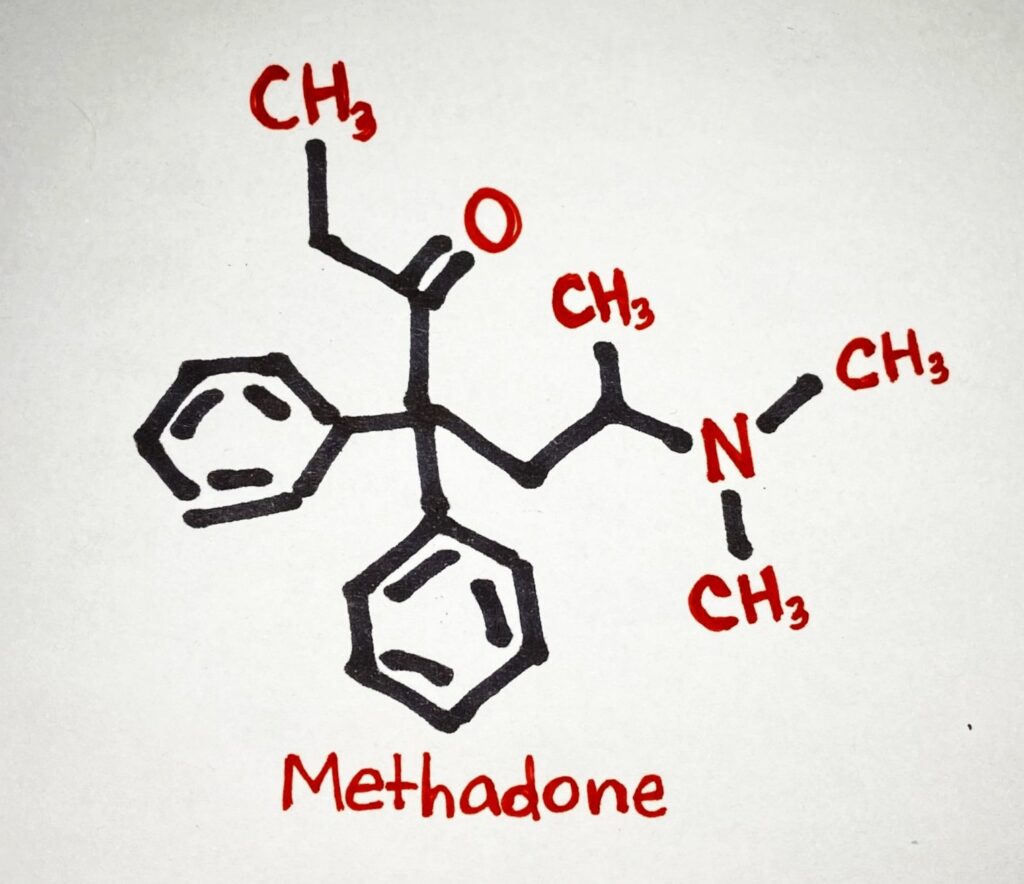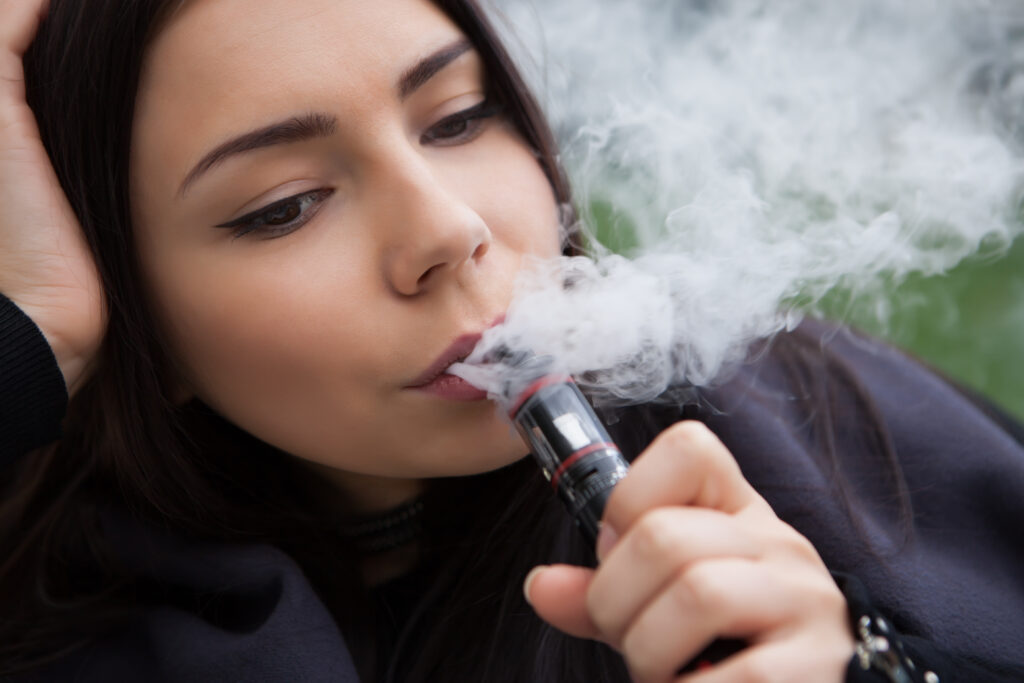Eight tobacco harm reduction proposals for the federal government
The attached policy study was co-authored by R Street President Eli Lehrer and David Sweanor, professor at the University of Ottawa’s Center for Health Law.
In 2015, 36.5 million Americans, or 15 percent of U.S. adults, combined to smoke 264 billion cigarettes. Cigarette smoking causes more than 480,000 deaths each year in the United States – more than HIV, illicit drugs, alcohol, motor vehicles and guns combined. Smoking-related illness in the United States costs more than $300 billion annually, including nearly $170 billion for direct medical care for adults and more than $156 billion in lost economic productivity. Smoking creates a massive health and economic burden.
Yet despite very large expenditures and sweeping federal powers, perverse tobacco policy is failing the American public and will soon destroy thousands of small and medium-sized businesses that are part of the solution, not part of the problem. The vast majority of health harms attributed to smoking arise from burning tobacco cigarettes and inhaling the smoke into the lungs, not from nicotine use. The 2014 Surgeon General’s Report confirmed: “Death and disease from tobacco use in the United States is overwhelmingly caused by cigarettes and other burned tobacco products.“ Where there is no combustion—as with smokeless tobacco, e-cigarettes and other vaping products or heated tobacco products—the risks of nicotine use inevitably will be much lower (representing from 2 percent to 10 percent of the risk of cigarettes) because the physical processes are so different. None of these products are perfectly safe, as very little is, but they are very much safer.
These products with radically reduced risk create opportunities for major health and economic gains through substitution. However, U.S. policy has actively denied and stymied this opportunity:
- U.S. tobacco policy suffers from an “abstinence-only” ideology. This intolerant approach rarely works well in any branch of public health. There is opportunity to move to a market-based “harm reduction” approach, in which people who want to use nicotine or are not sufficiently motivated to quit nicotine can use products that are much less harmful than combustible cigarettes.
- New regulations coming into effect between now and August 2019 will have the effect of taking 90 to 99 percent of vaping products off the market, and for bureaucratic rather than safety reasons. This will dramatically limit consumers’ options to switch from high-risk to low-risk products. It also will serve to obstruct innovation.
- Such rules will cause harm to people, as they predictably return to smoking. They also will cause harm to American businesses, as consumers instead seek black-market supplies from international vendors over the internet.
- American consumers have been systematically misled and denied truthful information about the relative risks of noncombustible products.
- The system of tobacco-science funding in the United States works to support expansion of federal bureaucracies and an abstinence-only ideology, rather than in the public interest.
To address these policy failures, we suggest eight proposals for discussion, summarized below and set out in concise briefing form in the subsequent sections. The proposals are as follows:
- Seize the huge opportunity presented by low-risk nicotine products. Revolutionize tobacco and nicotine policy, reduce health-care spending and improve health by exploiting the very large difference in risks to human health that stem from combustible and smoke-free products. Make appointments and provide direction and funding to embed this approach in federal agencies, such as the Food and Drug Administration, Centers for Disease Control and Prevention, National Institutes of Health and Office of the Surgeon General, as well as at the highest levels of the Department of Health and Human Services. This will require a concerted approach on many fronts.
- Cancel the FDA deeming rule before it destroys the U.S. vaping market. An emergency response is required to prevent the near complete and needless destruction of the U.S. vapor industry by crudely designed and wholly inappropriate regulation. The following approaches should be part of this urgent response:
- Put the implementation process on hold and quickly pass legislation that changes the Tobacco Control Act predicate date to Aug. 8, 2016, for nicotine products that do not contain tobacco.
- Replace the costly, opaque and politicized product-by-product authorization regime with a standards-based regime, as outlined in Recommendation 3, to make clear what is required of manufacturers.
- Add a range of interim safeguards concerning common-ground issues, such as battery and fluid safety. These should be applied by Congress through the legislative instrument it uses to effect the above changes.
- Establish a standards-based regime for low-risk nicotine products. Regulate low-risk tobacco and nicotine products by setting product standards (chemical, mechanical, thermal, electrical) that reduce individual risk to users while promoting innovation and ensuring the products are an attractive alternative to smoking. These standards would ensure average exposures were at least 90 percent lower than smoking and would make further public-health-benefit tests unnecessary.
- Use new labels to inform consumers about relative risk. Using its rulemaking powers, the FDA should allow manufacturers to apply an accurate harm-reduction message to all non-combustible tobacco or nicotine products: “This product presents substantially lower risks to health than cigarettes,” or other truthful and non-misleading communications.
- Stop using the public health test to protect the cigarette trade. The public health test in the Tobacco Control Act does not protect public health, but it does protect the cigarette trade from competition. It should not be applied to non-combustible tobacco or nicotine products. These should be evaluated according to their product characteristics and risks to individual users, not unknowable post-market population effects.
- Restore honesty and candor to public-health campaigns. Require that the FDA, CDC and other relevant federal agencies act to bring public perceptions closer to reality. Set a goal that, by 2020, at least 75 percent of Americans believe that e-cigarettes, smokeless tobacco and heated tobacco products are, correctly, each “very much less harmful” than cigarettes. This campaign could be realized either through enabling language and funding included in the president’s budget proposal or by executive order.
- Refocus tobacco science on the public interest, not bureaucratic expansion. Overall, the imperative should be to change the incentive structures in tobacco-related research to stress objectivity in the public interest, not to justify expanded bureaucratic intervention.
- Congressional oversight hearings should examine the state of tobacco science.
- The FDA’s Center for Tobacco Products should commission replications, counterfactuals, quality reviews and contrarian analysis to challenge its own thinking.
- The CDC should commission tobacco-use surveillance, but outsource conduct and analysis to independent third parties and practice open data principles.
- The NIH should produce guidelines on conduct and reporting of tobacco-related research (e.g., inclusion of comparisons with smoking and materiality of risk, rather than drawing policy conclusions).
- Encourage establishment of a “Center for Nicotine and Tobacco Science in the Public Interest” to act as a defender of the public interest.
- Challenge vapor and smokeless prohibitions under World Trade Organization rules. The United States should initiate complaints under WTO agreements about wholly unjustified prohibitions of low-risk nicotine products in jurisdictions outside the United States. This would represent a win-win for public health and American exporters, while challenging the negligence of the World Health Organization and some of its member states.
Image by totojang1977









